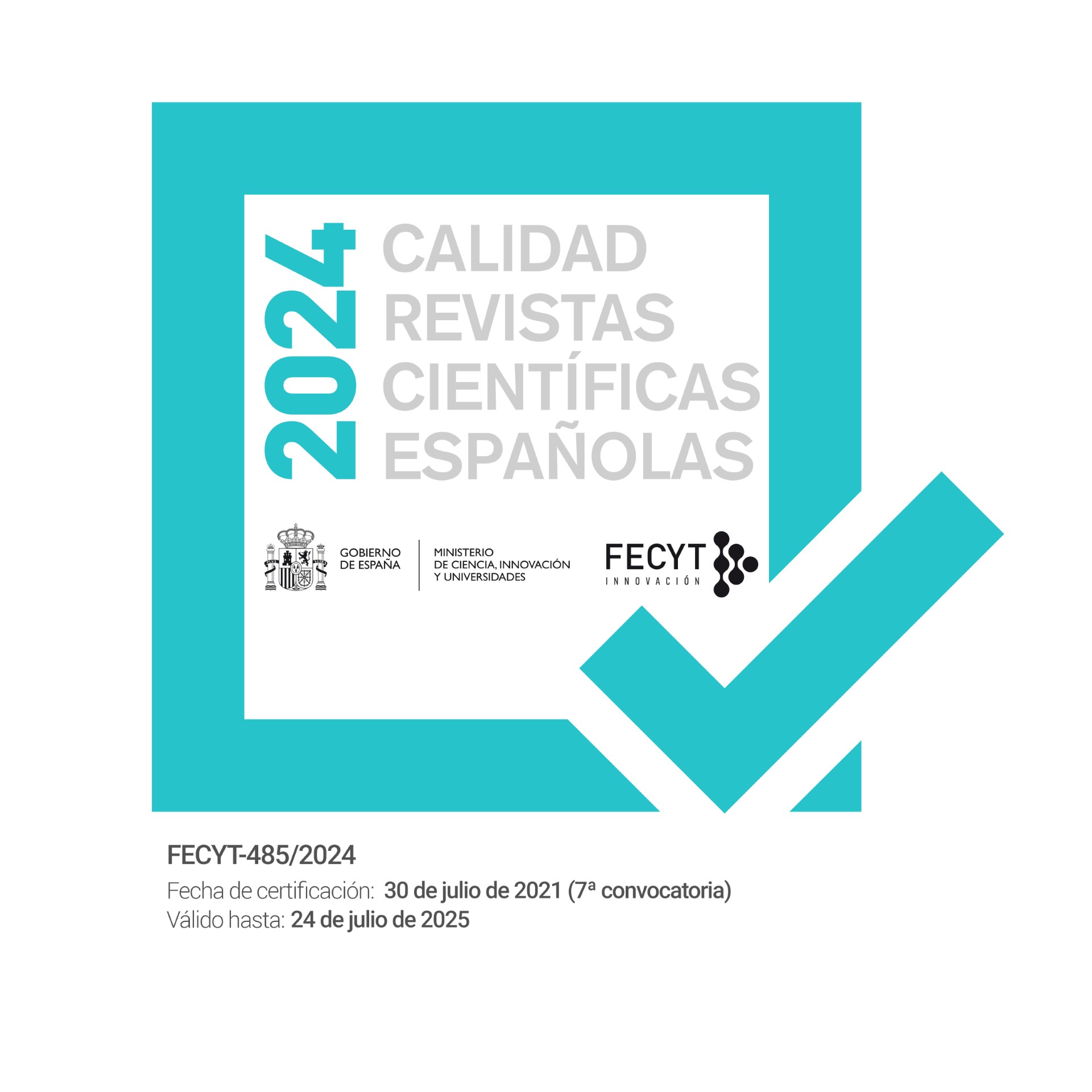Simple Forms of Image in Art History / Las formas simples de la imagen en la Historia del Arte
DOI:
https://doi.org/10.26754/ojs_historiografias/hrht.2016122362Abstract
El estudio del arte prehistórico ha estado condicionado por las teorías acerca de la mente primitiva, el pensamiento prelógico o el inconsciente psicoanalítico. En este artículo, los autores desarrollan un nuevo método analítico en el que parten del concepto de las formas simples. La actividad artística comienza con el instinto lúdico, la búsqueda del ritmo y la simetría y la necesidad de "mímesis" o imitación. La expresión de las emociones, sentimientos o ideas puede acompañar o no a estas necesidades primarias. Este método se aplica a cuatro ejemplos: el desfile de los soldados, el carro de guerra, la cerámica decorada de Cnossos y los petroglifos de un pueblo de la selva amazónica.
Palabras clave
Arte prehistórico, formas simples, símbolo, desfile de soldados, carro de guerra, decoración cerámica, petroglifos.
Abstract
The study of Prehistoric art has been conditioned by the theories of primitive mind, prelogical thought or psychoanalytical unconscious. In this paper, the authors develop a new analytical method, starting from the concept of simple forms. The artistic behavior begins with the playful instinct, the search of rhythm and symmetry and the necessity of “mimesis” or imitation. The expression of emotions, feelings, or ideas can be added or not to these primary necessities. This method is applied to four examples: the march of soldiers, the war chariot, Cnossos decorated pottery and the drawings and petroglyphs of an Amazon forest people.
Key Words
Prehistoric art, simple forms, symbol, march of soldiers, war chariot, pottery decoration, petroglyphs.


